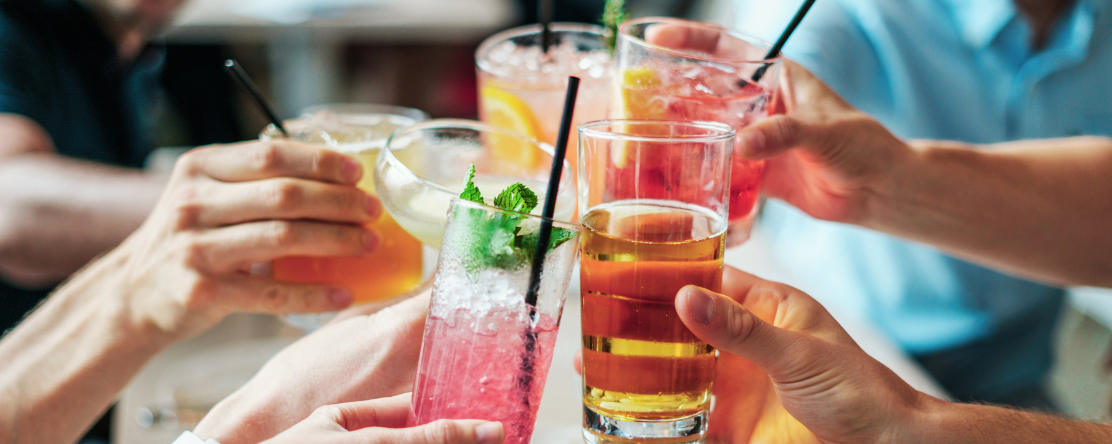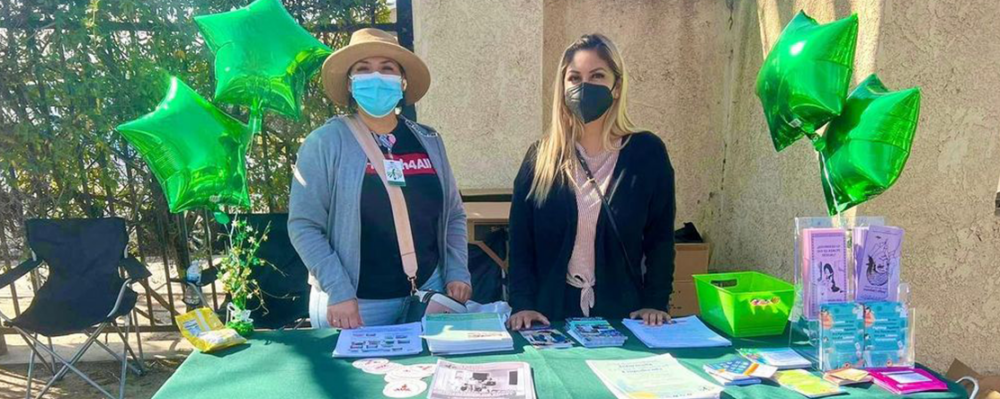
In the News
WSJ: PHI’s Dr. William Kerr Shares Insights on Health Risks of Alcohol Consumption
- Wall Street Journal
-
Focus Areas
Alcohol, Tobacco, Drugs & Mental Health -
Issues
Alcohol -
Expertise
Research – Surveillance -
Programs
Alcohol Research Group

“You can probably assume that the tequila shot staring at you from the sticky bartop isn’t good for you. But what about that glass of red wine at dinner?
Some Americans have long been sold on the so-called health benefits of red wine, partly because of animal studies that touted the promise of an antioxidant called resveratrol to fight against a range of diseases. But scientists have debunked that concept in recent years, since a person would need to consume an impossibly large amount of wine to see an effect.
Instead, when it comes to health risks such as cancer, evidence shows that it matters less what type of alcohol you drink. What is important is how much you drink and how you drink it.
The current U.S. guidelines say that people who consume alcohol should limit their intake to a drink a day for women and two drinks a day for men. A standard drink is considered about 0.6 fluid ounce of pure alcohol: a 12-ounce can of beer that has 5% alcohol, a 5-ounce glass of wine at 12% alcohol, or a 1.5-ounce shot glass of 80-proof liquor.
But many beers, pours of wine and cocktails include significantly more than that. And most people are probably drinking more alcohol than they realize, according to scientists.

Drinks are bigger than people think, especially at bars and restaurants.Dr. William Kerr
Scientific Director, Alcohol Research Group, Public Health Institute
The more alcohol a person drinks, the greater the health risks. Whether you are drinking beer, wine or hard liquor, alcohol in the body briefly breaks down into a compound called acetaldehyde, a carcinogen that can damage DNA. Alcohol can also increase inflammation and alter levels of hormones including estrogen, contributing to breast-cancer risk.”
Click on the link below to read the full article.
Originally published by Wall Street Journal
More Updates
Work With Us
You change the world. We do the rest. Explore fiscal sponsorship at PHI.
Support Us
Together, we can accelerate our response to public health’s most critical issues.
Find Employment
Begin your career at the Public Health Institute.



